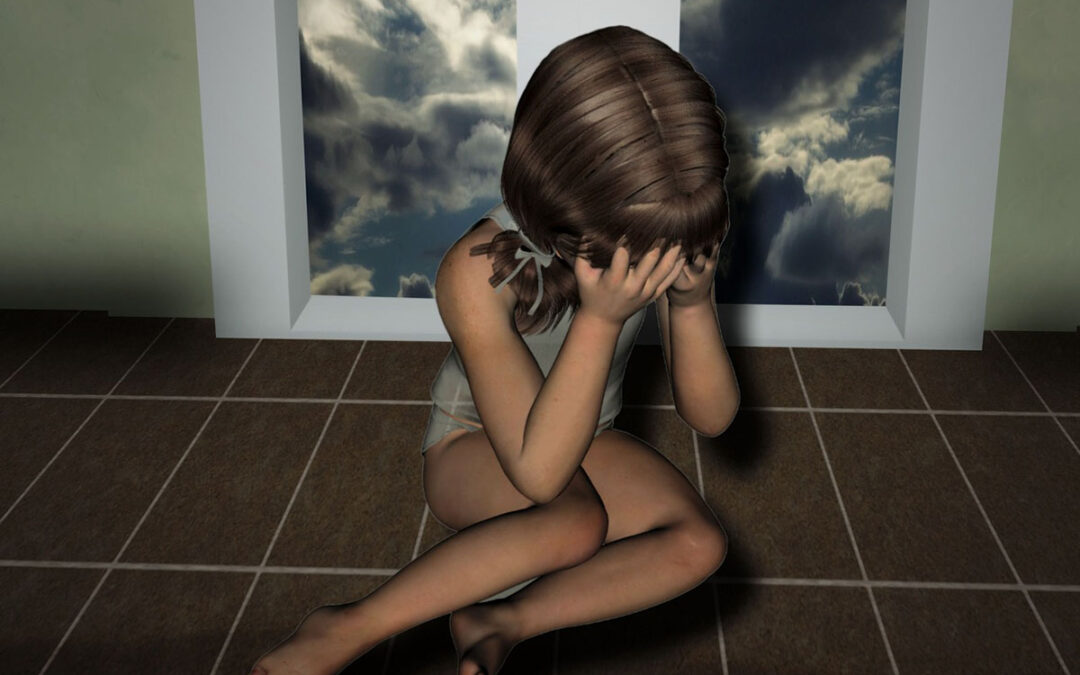Child abuse refers to the act of intentionally harming a child. Although commonly, “abuse” is associated with some form of physical harm, child abuse can take several forms. These include abuse in the form of sexual assault, physical harm, medical abuse, emotional abuse and neglect.
Research suggests that psychological maltreatment is more prevalent and potentially more destructive than other forms of child abuse and neglect. (Hart & Brassard, 1987). For example, parents might intimidate, frighten, harass, belittle or humiliate their children. Abuse may even take the form of neglect wherein children are ignored or emotionally not responded to. Psychological maltreatment has potentially harmful effects and may lead to an increased risk of low self-esteem, depression and suicide.
Most parents do not intend to hurt their children. Then why does child abuse occur? Having a history of abuse or neglect in childhood, physical or mental health conditions, socioeconomic stress, a lack of parenting skills to cope with the struggles of raising a child, and a lack of social support are all contributing factors that lead to an increased risk of abusing a child.
The cycle of violence hypothesis states that the abuse and neglect children suffer predisposes them as parents to abuse and neglect their own children. (Widom, 2000). It further states that adults who experience abuse as children believe that violence is an appropriate and acceptable form of discipline. It is important to note that not all those who have been abused become abusers.
If you suspect that a child is being abused, you can look out for the warning signs of child abuse. Some of the warning signs of child abuse are: (Robbins, 1990)
- Visible, serious injuries having no reasonable explanation
- Bite or choke marks
- Feelings of pain for no apparent reason
- Fear of adults or care providers
- Inappropriate attire in warm weather (possibly to conceal injuries to the neck, arms and legs)
- Extreme behavior – being highly aggressive, extremely passive, extremely withdrawn.
- Fear of physical contact
If it is possible, you can choose to talk to the child or the child’s parent. In India, under Section 19 and 21 (1) of the Protection of Children from Sexual Offences Act, it is mandatory to report cases of abuse. Other than filing a report with the police, one can also approach NGOs or call Childline, a service of the Ministry of Women and Child Development, on their toll-free number – 1098. Childline is a 24-hour free, emergency phone service that addresses concerns of children, family, relatives and concerned adults.
If you would like to know more about Childline, you can visit their website – https://www.childlineindia.org/
Child abuse can lead to feelings of guilt, confusion and shame. While facing the challenges of growing up and learning to navigate the world, abuse can negatively impact a child’s worldview. As a society and as a community, we can take certain steps in order to prevent abuse. These include: educating ourselves, knowing the warning signs of abuse, reporting abuse, examining one’s behavior and teaching children their rights. Regardless of the type of abuse, the consequences are adverse. Through persistence, awareness and vigilance, we can create a safer world for our children.
– Urveez Kakalia and Niharika Bhatia.

